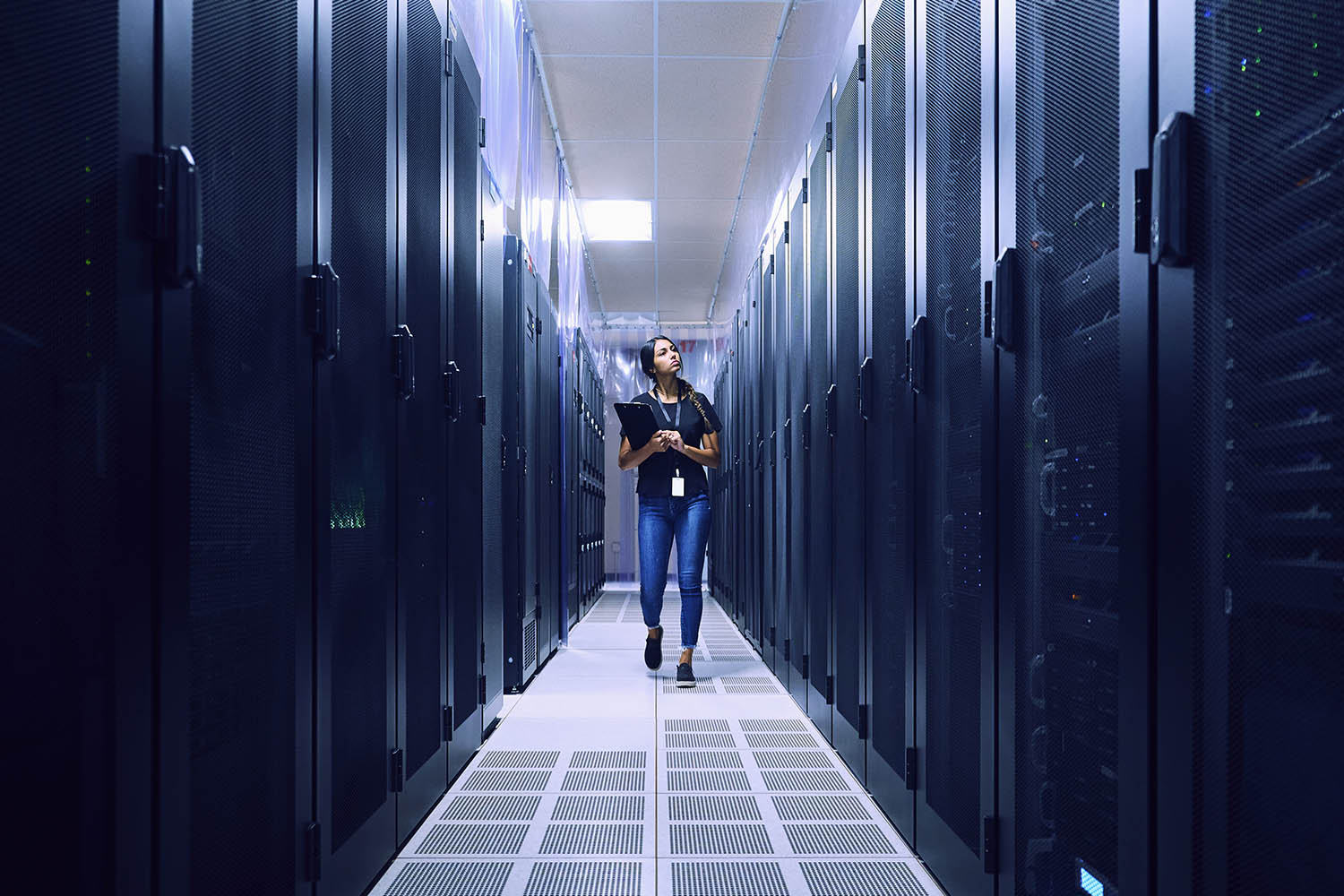One of the most pernicious misconceptions we have about digital technology is that it is – somehow – weightless, frictionless and dematerialised. You press a button on your phone, launch an app and there it is. What you don’t realise is that you just triggered an interaction with an unfathomable infrastructure of network towers, fibreoptic cables and huge aluminium sheds located somewhere else on the planet. The technology may seem magical but, in reality, it has a heavy material footprint. And it’s about to get much heavier.
How come? Our networked world is morphing into one in which machine-learning systems – AKA AI – will be everywhere. And that’s bad news for the planet, because AI systems are insatiable consumers of parallel computing power and, accordingly, very power-hungry.
Just to give an example, the Apple M3 Pro processor in my laptop consumes 47.9 watts (W) of electrical power when running at full pelt. In contrast, the 80-gigabyte Nvidia H100 SMX – the must-have GPU (graphics processing unit) in AI datacentres – needs 700W. And the average datacentre might have 10,000 or more of them, all running hot and needing powerful air conditioning to keep them operational.
The AI gold rush is making the tech giants stampede to cover the planet with expensive aluminium sheds stuffed with Nvidia chips. According to the MIT Technology Review, chatbot maker OpenAI plans to spend $500bn – almost double the inflation-adjusted price of the Apollo space programme – to build 10 datacentres, each of them requiring 5 gigawatts of electrical power, or more than the US state of New Hampshire.
Apple has also announced plans to spend $500bn on manufacturing and datacentres in the US over the next four years, while Google proposes to blow $75bn on AI infrastructure alone in 2025. And there’s much more where those came from.
What’s going on is a strange kind of madness with a business model that is two parts fomo and one part blind faith. The former goes back to the tulip mania of the Dutch golden age, while the latter comes from one of the darker canyons in Silicon Valley. This particular gulch is the home of software entrepreneur Marc Andreessen and the accelerationists, a strange cult that holds (a) there is no problem in the world that technology cannot solve; (b) AI is the future; and (c) people who do not agree with them are enemies of progress who just happen to have the wrong ideas.
AI is coming, it will be everywhere, and societies will just have to get used to it
There’s a pathological streak of technological determinism in all this. The basic premise is that AI is coming, that it will be everywhere, that it will become a general-purpose technology, or GPT – like steam or electricity or the motor car– and that societies will just have to get used to it.
We’ve seen how that process played out with the car; how towns, cities, roads, transport patterns, laws and communities were shaped, adapted and sometimes destroyed to make way for the technology. And often that happened with little serious discussion, consultation or appreciation of the longer-term implications of what was being implemented to facilitate drivers and the motor industry.
We can expect much the same playbook to unfold with the development of AI. Huge datacentres will get planning permission, even when vigorously contested by residents. Water resources will be compromised, neighbourhoods or countryside despoiled – all facilitated by a UK government convinced that AI is essential for growth. Datacentre energy demand will expand sixfold in the next decade, according to National Grid’s chief executive, and you don’t have to be a clairvoyant to predict that the proposed reforms to planning laws will ease the proliferation of datacentres to ensure that global Britain becomes an AI hub.
It will all be rationalised by recitations of the “AI will bring growth” mantra: it will be the tide that floats all the boats.
The problem is that we’ve seen that movie before – in the 1990s. Then globalisation was the new “new thing”. It was the time when Tony Blair and Bill Clinton were explaining that their societies had to adapt to the needs of the global economy. Globalisation was the future: there was no alternative. Get with it or get out.
We know what happened. Globalisation floated far more yachts than small boats. Ordinary people felt enraged by the way they had been “left behind”. Which made them easy prey for populists with glib patter about “taking back control”.
Much the same will happen with AI. Tech corporations and the middle classes will reap the rewards. There will be a new multi-multibillionaire class. The fruits of the new AI-driven productivity will be, at best, unevenly shared. And those whose livelihoods have been destroyed by the technology, will – rightly – be even more enraged. What follows won’t be pretty and we will have only ourselves to blame for it....
Photograph Erik Isakson/Getty

